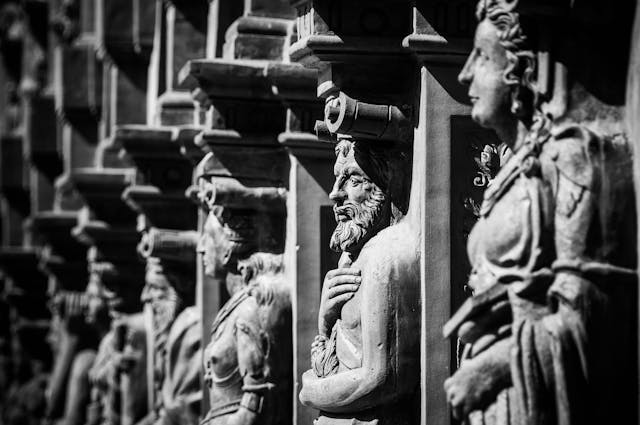
Overview of the Chapter
This chapter introduces students to the concept of timelines and various sources of history. It helps them understand how historians study the past using different types of evidence and how timelines are used to organize historical events in chronological order.
History: The study of past events, particularly in human affairs.
Timeline
A timeline is a graphical representation of events arranged chronologically. It helps in understanding the sequence of historical events and their duration.
Chronology: The arrangement of events in the order of their occurrence in time.
Sources of History
Historians rely on various sources to reconstruct the past. These sources can be broadly classified into two categories:
1. Archaeological Sources
These include physical remains such as tools, pottery, coins, monuments, and inscriptions. Archaeologists study these artifacts to understand past civilizations.
Artifact: An object made by humans, typically of historical or cultural interest.
2. Literary Sources
These are written records such as books, manuscripts, diaries, and official documents. Literary sources provide detailed information about past events and societies.
Manuscript: A handwritten document from the past, often preserved in libraries or archives.
Importance of Sources
Sources of history are crucial because they provide evidence about past events. They help historians verify facts and interpret the past accurately.
Conclusion
Understanding timelines and sources of history is essential for studying the past. By analyzing archaeological and literary sources, historians can reconstruct historical events and their significance.
